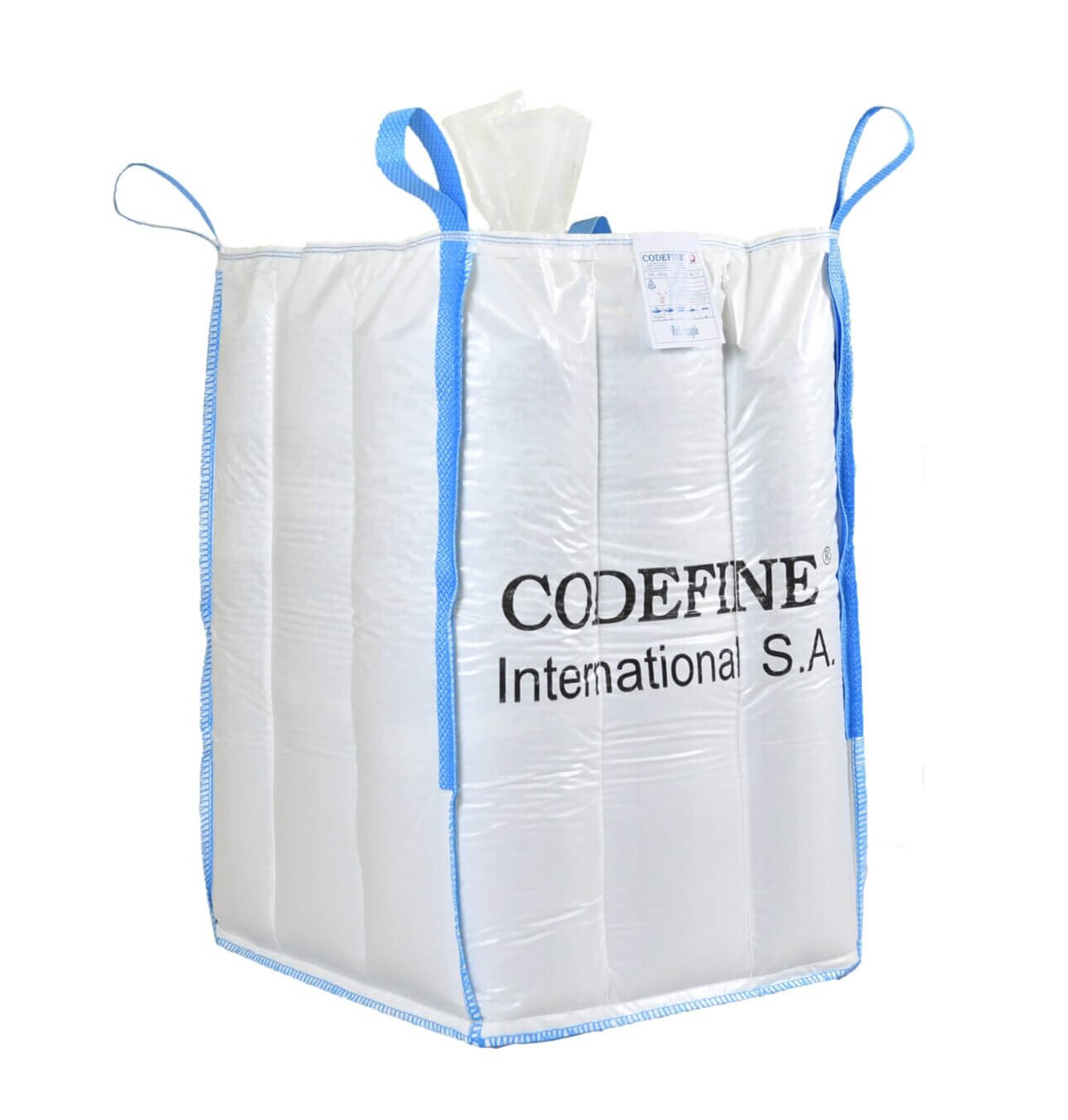Home » Posts Page » Blog » How To Empty a Bulk Bag

Some materials are easier to remove from a bulk bag than others. Larger particles and things like grain flow relatively freely, meaning all you need to do is suspend an FIBC above a discharge area using a bulk bag unloader and open a discharge spout. Unfortunately, this doesn’t always prove sufficient. In these situations, a more advanced bulk bag discharger may be required.
Bulk bag unloaders are designed to streamline FIBC emptying. As well as taking the effort out of emptying a bulk bag, they minimize risk to human operators. This is essential if you’re handling dangerous materials and chemicals that are hazardous to your health. The best unloaders can also be optimized to make unloading even more straightforward, especially if you’re dealing with stubborn loads and compacted contents.
There’s no denying that FIBCs are one of the most convenient packaging solutions on the market. However, emptying an FIBC is one of the trickier aspects of bulk bag handling. Need some tips to speed up your workflow? Below are some of the most effective methods you can try.
Massaging a compacted FIBC is one of the most effective big bag emptying techniques. You can put this method to use if your bulk bag discharger features massage cylinders. Once activated, these cylinders apply push into the center of the container, helping break up any material that has become severely compacted. Once the material has been reduced to powder, it should start to flow freely via the discharge spout.
Advanced unloading stations provide exhaustive control options. You can easily make tailored adjustments to massage cycles, including massage intensity, to best suit the material that’s stored within a bulk bag.
Another emptying option worth trying is the vibration technique. It’s fairly reliable when it comes to shifting compacted material and tends to be the first port of call after bulk bags are hauled out of storage. When stored for long periods, material stored in bulk bags tends to become compacted. Fortunately, most bulk bag dischargers feature a setting that enables the depositing plate to vibrate. This vibration should be able to break up solid clumps of material, allowing contents to flow and be discharged.
However, it doesn’t work with all types of material. It’s best utilized with dry material, but you’ll struggle when it comes to greasy or moisture-rich contents. In these cases, a more aggressive tactic is called for.
You can also try tensioning if you’ve encountered an issue while emptying a bulk bag. There are a couple of tensioning tactics you can try, including using the emptying sleeve. Once you’ve identified the discharge spout, you can bring a pneumatic cylinder into play to apply constant tension.
This approach can prove incredibly effective, even with FIBCs that feature multiple compartments and dividers. In effect, the bulk bag is stretched open, removing almost every trace of stored material, resulting in minimal waste.
You can also try tensioning the handling cross of a bulk bag. As the bulk bag is emptied, the bag itself will be lifted. This continuous tension prevents pockets from forming, meaning fewer particles will remain trapped in the bulk bag. Ideal if you’re looking to eliminate material waste. Have you struggled with product arching in the past? This tensioning method can also help eradicate that problem.
Sometimes, the only way to get material flowing is to puncture the bulk bag itself. By cutting the base of an FIBC, you can ensure that even compacted material can be extracted.
Are you having trouble with emptying bulk bags? You can overcome a lot of obstacles by simply investing in quality bulk bags from a reputable FIBC supplier. With high-grade FIBCs, you can expect a more even distribution of material and enhanced stability. This helps combat things like compaction which can slow things down during emptying. Searching for an FIBC manufacturer you can rely on? At Codefine, we’ve been leading the sustainable packaging market for more than 60 years. Explore our full range of products online today. Alternatively, get in touch to discuss your requirements.
